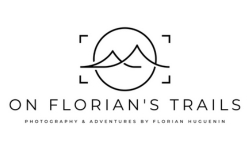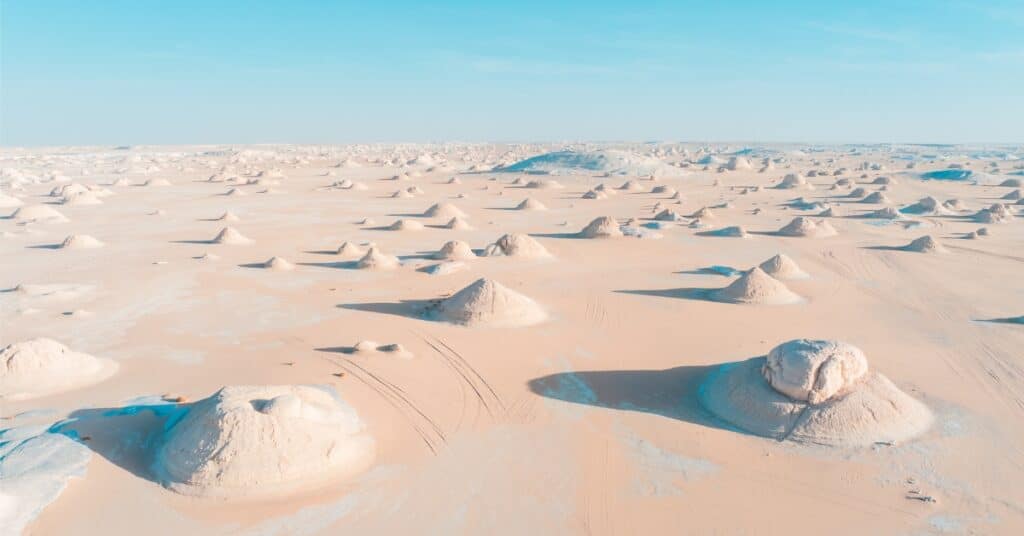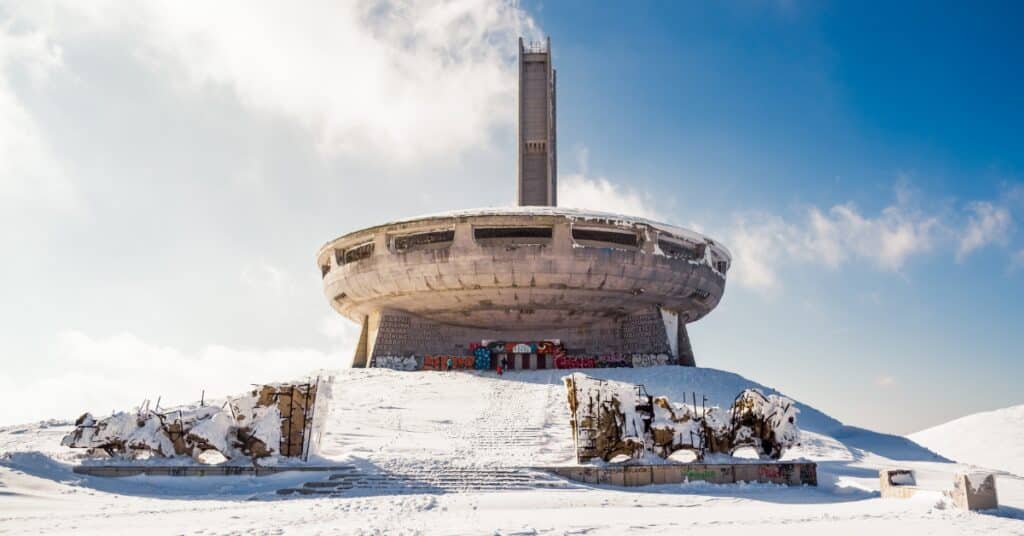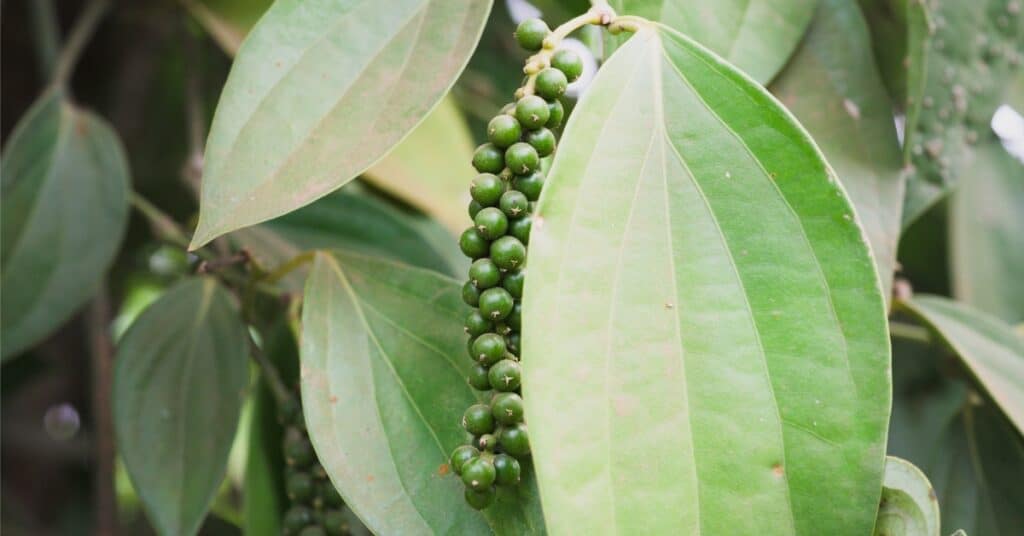Djebale Island: Unveiling the Soul of the Wouri
There are days that dawn crackling with the promise of discovery, and our journey to Djebale Island was undeniably one of them. Tucked away like a secret within the vast embrace of the Wouri River near Douala, this island beckoned with whispers of history and myth. With my visiting parents and cherished members of my Cameroonian family-in-law beside me, and led by a guide whose knowledge ran as deep as the river itself, we set out not just for a visit, but for an immersion.
Our adventure, however, didn’t begin with the lapping of waves, but with the thrumming pulse of Douala itself. We navigated the city’s vibrant chaos to the Deido roundabout, a maelstrom of traffic encircling a defiant piece of art: “La Nouvelle Liberté.” This wasn’t just a sculpture; it felt like the city’s very spirit forged in metal.
Crafted by Joseph-Francis Sumégné from salvaged materials – a testament to resilience and the remarkable Cameroonian knack for se débrouiller (making something from anything) – it stood tall, 12 meters of raw creativity against the urban backdrop. We risked the swirling traffic, stepping onto the concrete island at its base, feeling the vibrations of the city as our guide recounted its controversial birth. Once scorned by some as “Njo Njo” – the evil spirit or monster of Deido – it now stands as an undisputed, if complex, symbol of Douala’s enduring heart. A moment of potent reflection before our riverine escape.
Leaving the city’s energy behind, we headed for the humble pier at Bonaberi. Our chariot awaited: a simple, sturdy boat, poised to ferry us across the Wouri’s brown expanse. Casting off felt like severing a tie with the mainland clamor. The twenty-minute journey unfolded like a slow reveal. The engine’s thrum settled into a steady rhythm, the cityscape softened into hazy lines, and the river opened before us, vast and serene under the Cameroonian sky. It wasn’t merely transit; it was a passage between worlds, a shedding of the urban skin, preparing us for the island’s unique embrace.
Djebale’s welcome was soft, almost shy. A quiet shoreline, the gentle murmur of village life carried on the breeze. Protocol dictated a respectful greeting with the local chief’s family, grounding our arrival in community connection before our explorations truly began. Stepping onto the island’s soil felt significant, a tangible entry into a different rhythm of life.
Almost immediately, history reached out. We passed a structure that stopped me in my tracks – a beautiful old house, undeniably from another era, standing with a melancholic grace amidst signs of decay. Its walls seemed to hold echoes, its faded paint whispered of forgotten grandeur. As someone drawn to the stories held within abandoned spaces, this unexpected find resonated deeply.
Curiosity pulled me towards an open window. I didn’t dare enter, respecting the boundary between observer and intruder, but the view within offered a poignant tableau: dust motes dancing in the slivers of light, revealing old vinyl records scattered on a weathered wooden table. What music lay dormant in those grooves? What celebrations or sorrows had they witnessed? The mystery lingered as I captured the scene through my lens, preserving the silent narrative.
Our path meandered, leading us past the island’s spiritual heart – a sturdy church built from striking red bricks, currently undergoing restoration. It stood as a beacon of faith, a testament to the community’s enduring spirit, adapting and renewing itself like the island through the seasons.
But the absolute pinnacle of our visit, the moment the island’s living culture pulsed most vibrantly, was encountering the legendary Djebale Team pirogue. This wasn’t just a canoe; it was a vessel of immense cultural weight, painstakingly crafted for the prestigious, high-stakes races during the Ngondo Festival. Here, standing before this sleek, powerful form, the essence of the Sawa – the “water people” – felt profoundly real. Our guide explained how the pirogue, the “Bɔlɔ” (literally, “end of drowning”), is woven into the very fabric of Sawa identity. It’s a lifeline, a tool, a symbol, connecting generations to the Wouri and its powerful spirits, the Jengu.
We listened, utterly absorbed, to stories of the paddlers’ intense dedication – the physical training, the mental focus, the pre-race rituals of abstinence and discipline reflecting a commitment that went far beyond mere sport. Understanding the deep reverence for the pirogue, sometimes built following sacred protocols like ‘marrying’ the chosen tree, added layers of meaning to the sleek lines before us.
Standing there, the conversation flowed naturally towards the island’s deeper lore. Our guide shared fragments of myths, stories passed down through generations, explaining the island’s place within the Sawa cosmology. While a definitive, singular creation myth seemed to dance just beyond reach, like ripples on the water, the presence of legend was undeniable.
We heard tales linking Djebale’s fate to the moods of the river, to the benevolence or mischief of the Miengu and the enigmatic Mamy-Wata. It felt less like a history lesson and more like tuning into an ancient frequency, a reminder that in Africa, the lines between the tangible and intangible, the past and present, are beautifully blurred. True understanding, I felt, comes not from texts, but from these shared moments of listening, from the trust inherent in oral tradition.
Eventually, saturated with stories and sights, our curiosity momentarily sated, we made our way back to the waiting boat. The return journey offered a different perspective. Glancing back at the receding shoreline, Djebale seemed to hold its secrets closer. Then, catching the glint of metal half-swallowed by the sandy bank, we spotted the final relics – cannons from the German colonial era, rusting reminders of yet another layer of history imposed upon this ancient land, silent witnesses to the relentless tides of time.
Our day exploring Djebale Island wasn’t just a pleasant excursion; it was a journey into the heart of Sawa culture, a dialogue with history, and a profound connection with the rhythms of river life. It proved, once again, that the most compelling adventures often lie hidden in plain sight, just a short boat ride from the familiar. If you find yourself in Douala with time to spare, heed the call of the Wouri. Let this “emerald island” work its quiet magic, listen to its whispers on the breeze, and allow the enduring spirit of the Sawa people to captivate you, leaving an imprint long after you’ve returned to shore.



